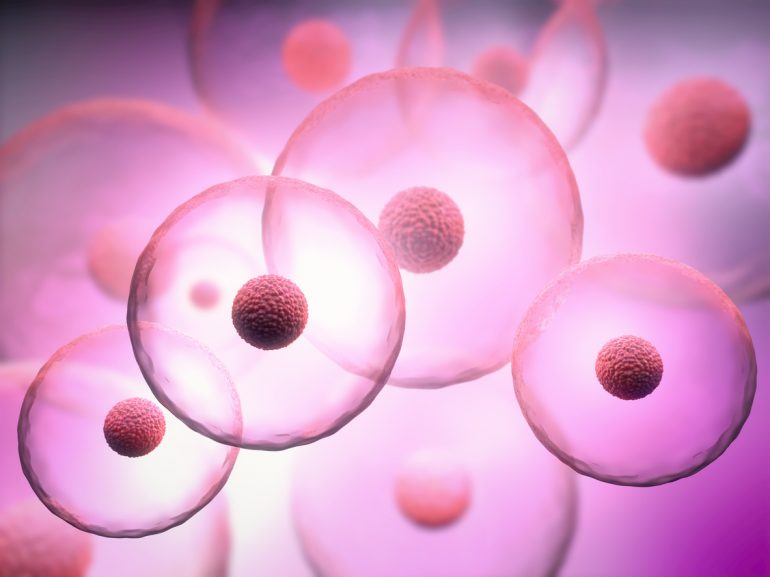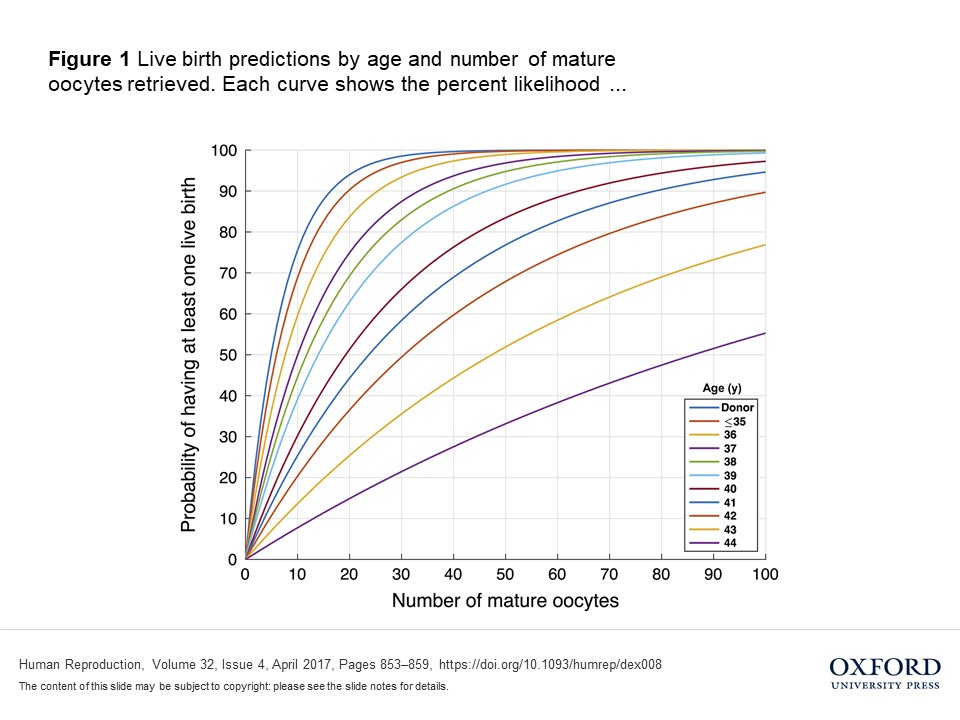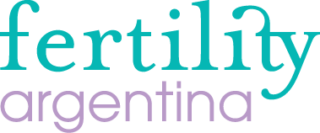More is better
August 26, 2019 by Dr. Demián Glujovsky

The more eggs, the more chances of success. Although it seems that I am telling a truism truth, many authors have tried to test the hypothesis that obtaining many eggs in a controlled ovarian hyperstimulation, it could be associated with a lower egg quality. In fact, there is a very common phrase that many doctors and patients say: “I prefer few eggs but good”.
This arises as a consequence of the fact that, on some occasions, when many eggs have been retrieved (more than 20-25), sometimes, the pregnancy rates have not been so high. But does this happen because of the oocyte quality that is reduced, or because the endometrium is hyperstimulated and the implantation rate is decreased by the low implantation competence of the endometrium?
Currently, there are many published studies that have helped us to solve this doubt. Today, when there is a too high ovarian response, it is usually chosen to postpone the embryo transfer and reduce the risk of an ovarian hyperstimulation syndrome. But, at the same time, it allows us to transfer the embryos to a better prepared endometrium. And so, at that moment, we read the first studies showing that a “freeze-all” strategy increased the pregnancy rates in women with “many eggs”.
During the years that I headed our clinic’s egg donor program, I did lot of research. We could see that those donors that had more eggs, in a shared egg donor program as ours, made more recipients get pregnant.
So it seems that having many eggs may not affect the egg quality (and, therefore, embryo quality). On the other hand, returning to the “I prefer few eggs but good” phrase, it is obvious that if we could choose few and good, we would. The problem is that, in those cases where I get many and not very good ones, it does not seem that stimulating less to obtain less should guarantee that those that I obtain are better.
Is it understood or is it a tongue twister?
Here I show you a graphic that helps us understand a little more. This graphic is nice, it shows many things. One of them is that each color is a different age and that, as woman’s age increases, the chance of pregnancy decreases (regardless of the number of eggs). The other thing that can be seen is that, the greater the number of eggs, the greater the chance of getting a pregnancy and that this is independent of the woman’s age.
In short, it is worthwhile to have more eggs in a controlled ovarian stimulation (please, note that I’m not talking about egg donation … there are some other issues to discuss there). If we have more, there are more chances of having at least one that will end in a viable embryo. This is true for those who are being stimulated for IVF, for those who are accumulating oocytes to do IVF in a few months, and for those who freeze eggs and decide to do so more than once.
In summary, it is not necessary to overstimulate because the ovarian hyperstimulation syndrome should be avoided. However, it is good to have more eggs, if possible. And, can there be a case where we just look for 1-2? … Yes, that is an option, but that explanation takes more time and is worthwhile to discuss with your own doctor.

Contact us and let’s analyze together your fertility plan


